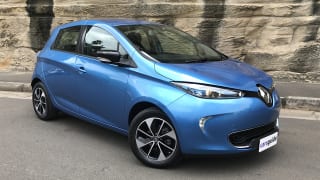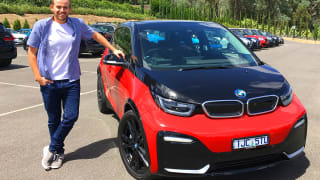Let’s get the major downside of the Kona Highander electric out of the way right off-the-bat, shall we?
This car costs a whopping $64,490 before on-roads. So, for what is essentially a budget-style small SUV you’ll be punished to the tune of almost $30 grand more than its petrol-powered Highlander equivalent.
In fact, as Richard Berry pointed out in his launch review, this is the most expensive car Hyundai sells in Australia. More than even the top-model seven-seat Santa Fe Highlander diesel, which will set you back a (suddenly cheap-sounding) $60,795.
On the upswing, it is much cheaper than any other electric car with an equivalent range on full charge. The cheapest current Telsa Model S, for example (now simply called the ‘Long Range’), comes in at an even more whopping $123,500.
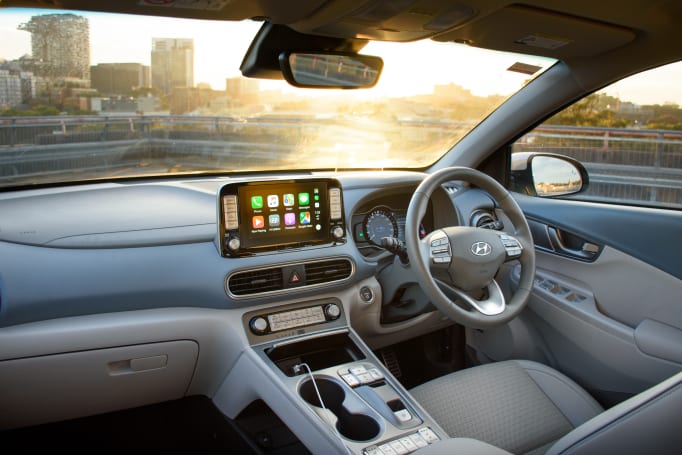
Sadly, a slice of the future is still limited to those who are wealthy enough to afford it.
Our electric Highlander does come with decent kit to help mitigate the cost a little. Included is the full suite of standard features from the regular Kona, and then some.
There’s an 8.0-inch multimedia touchscreen with DAB+ digital radio, Apple CarPlay and Android Auto, built-in sat-nav and Bluetooth connectivity, an eight speaker premium audio system, Qi wireless phone charging pad, full LED front lighting, front & rear parking sensors, a reversing camera, and 17-inch ‘eco-design’ alloy wheels.
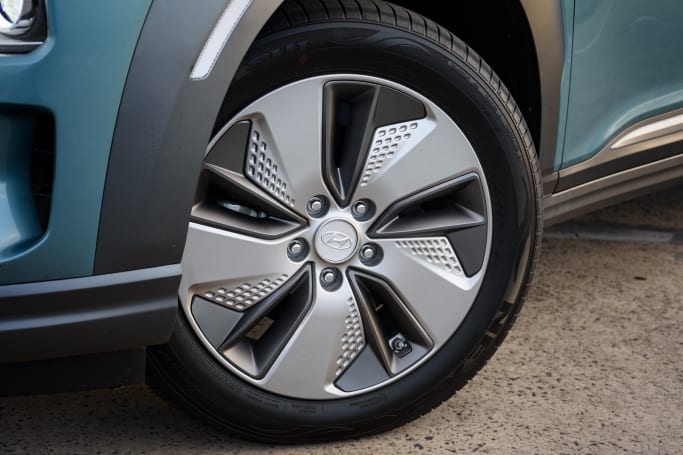
Unlike the Elite which sits below it, the Highlander is offered with a choice of either a two-tone roof or sunroof option at no extra cost. All Kona Electrics have leather-appointed interior trims as standard, but the Highlander adds power operated, heated & ventilated front seats.
There's also a head-up display standard on our Highlander, but with all the required information being displayed across the media system and dash cluster I hardly found it useful.
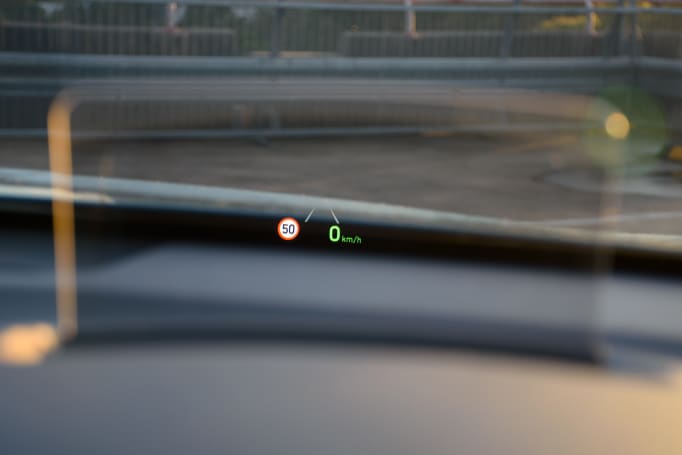
The Kona also has a substantial safety suite (explored in the safety section of this review).














